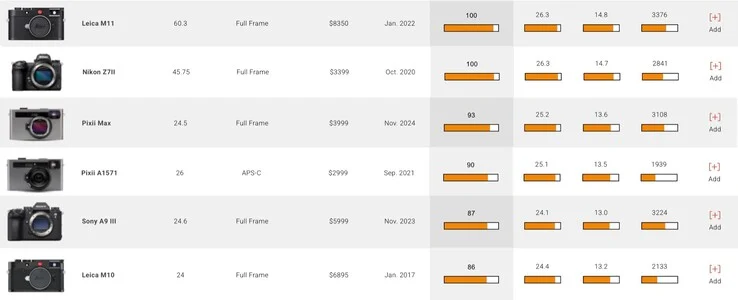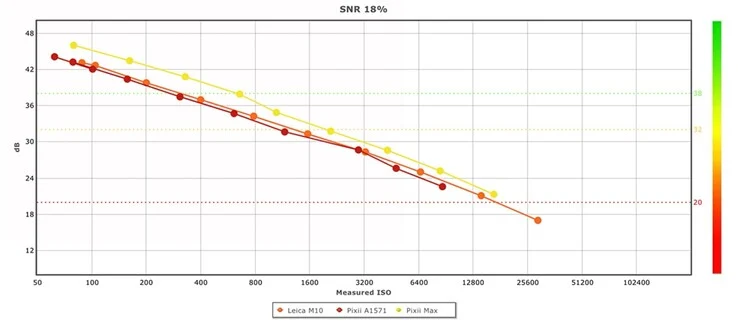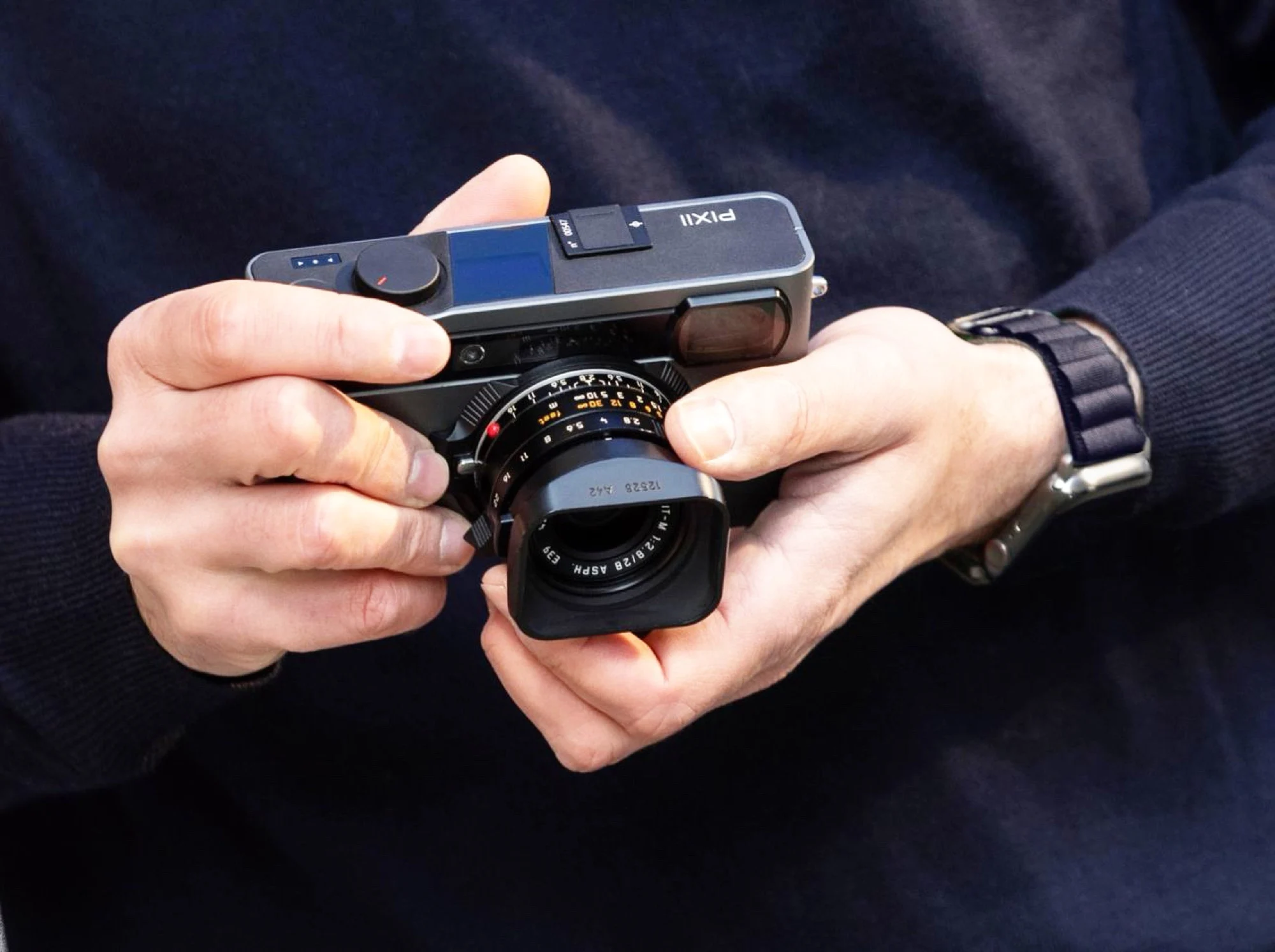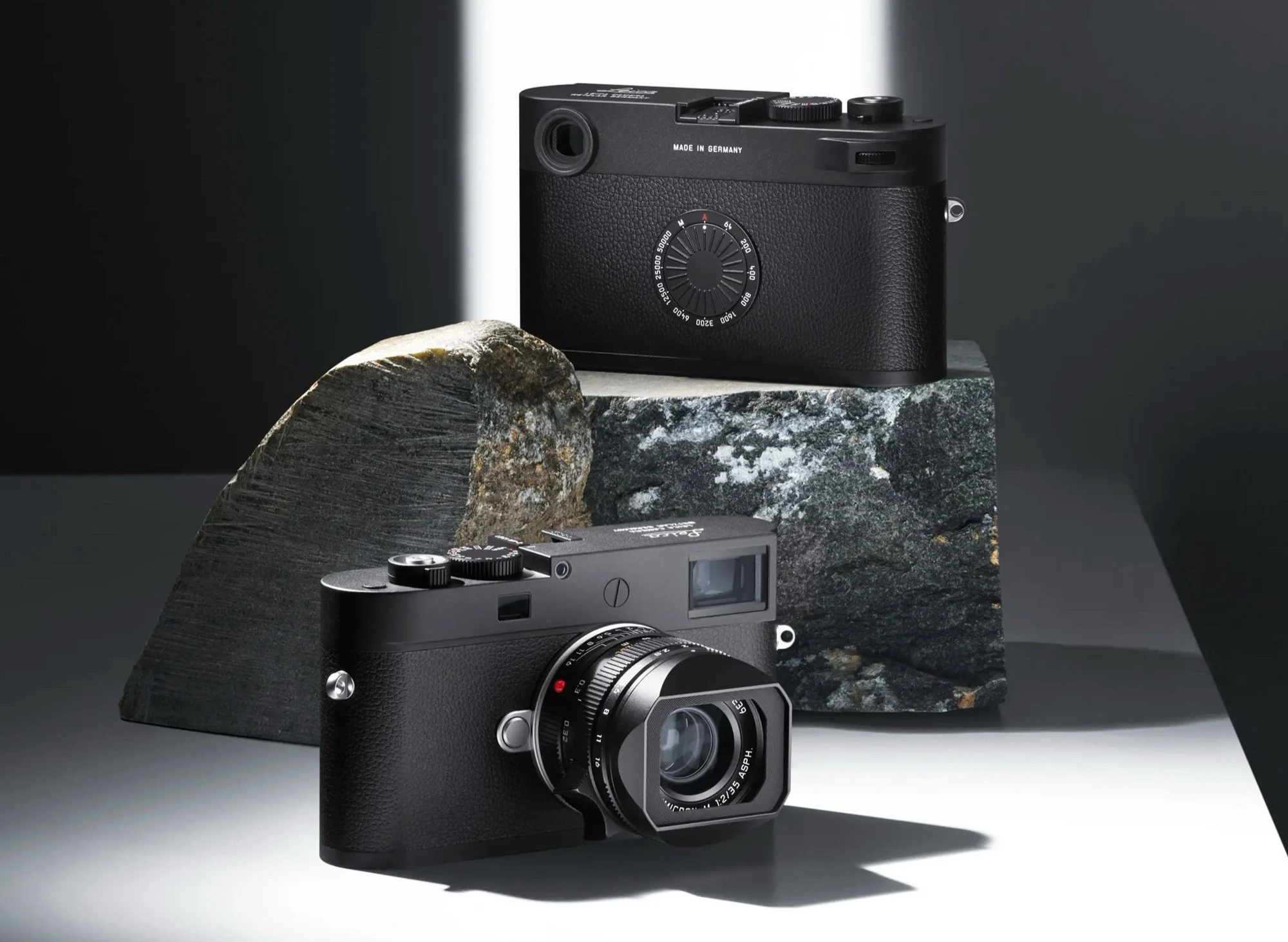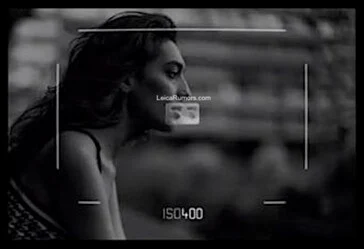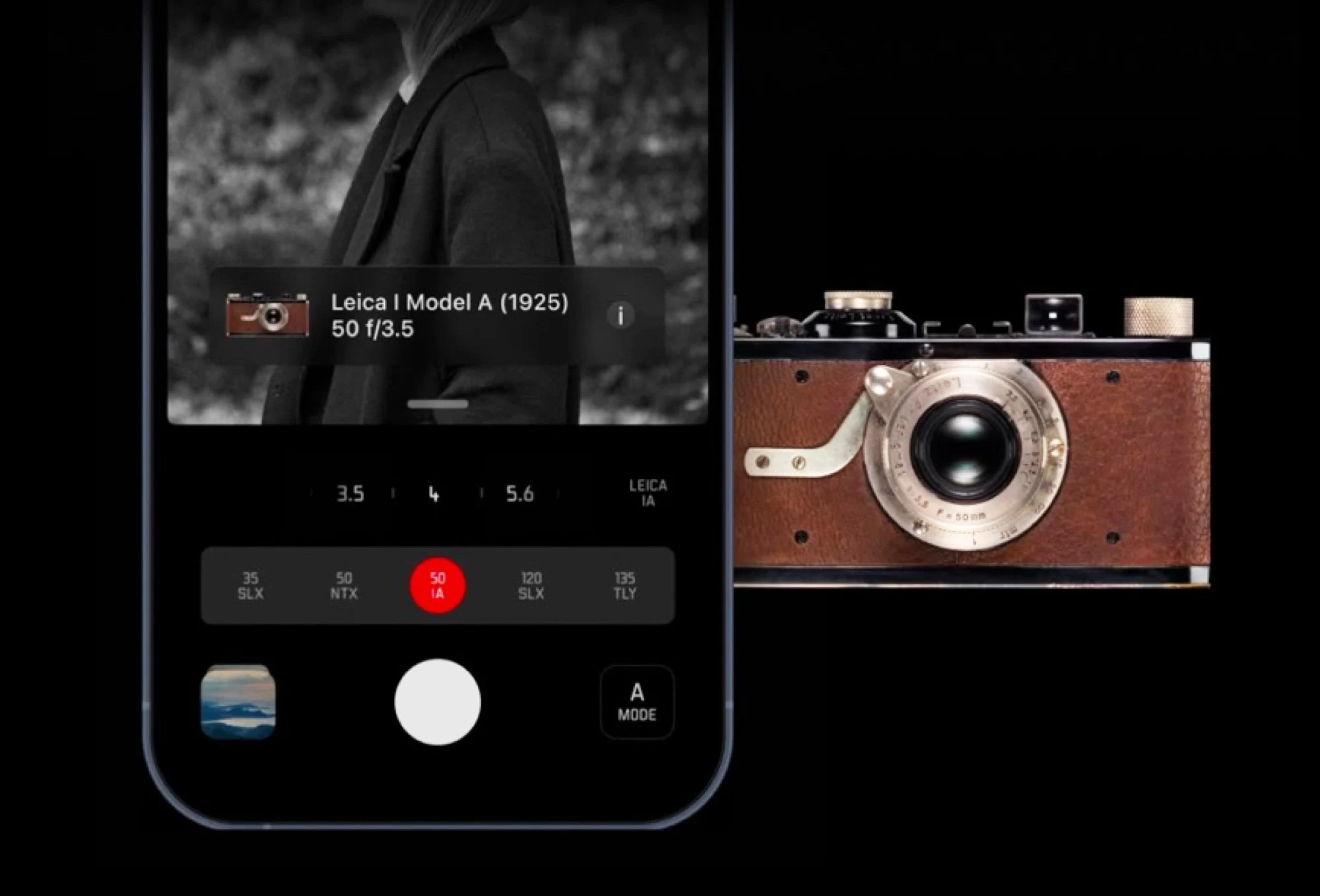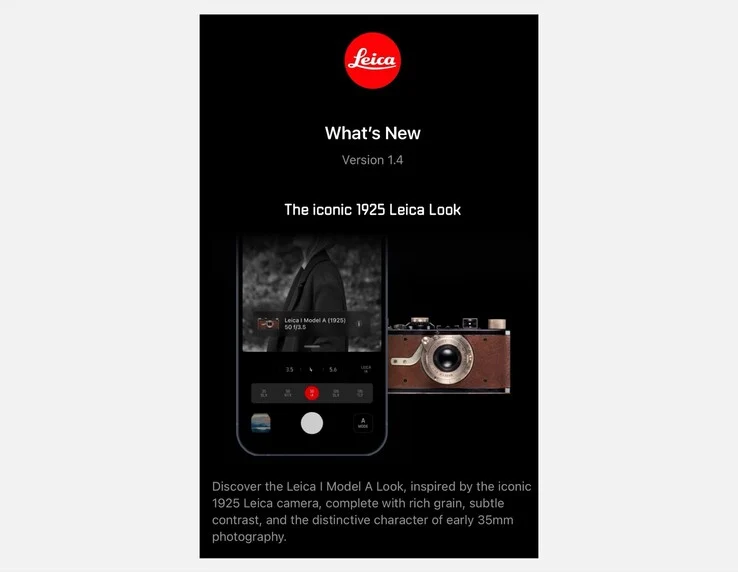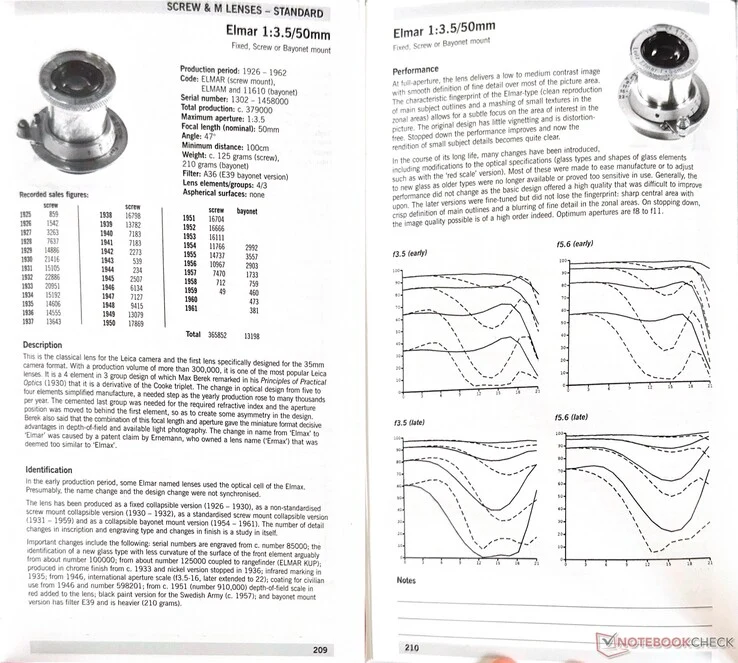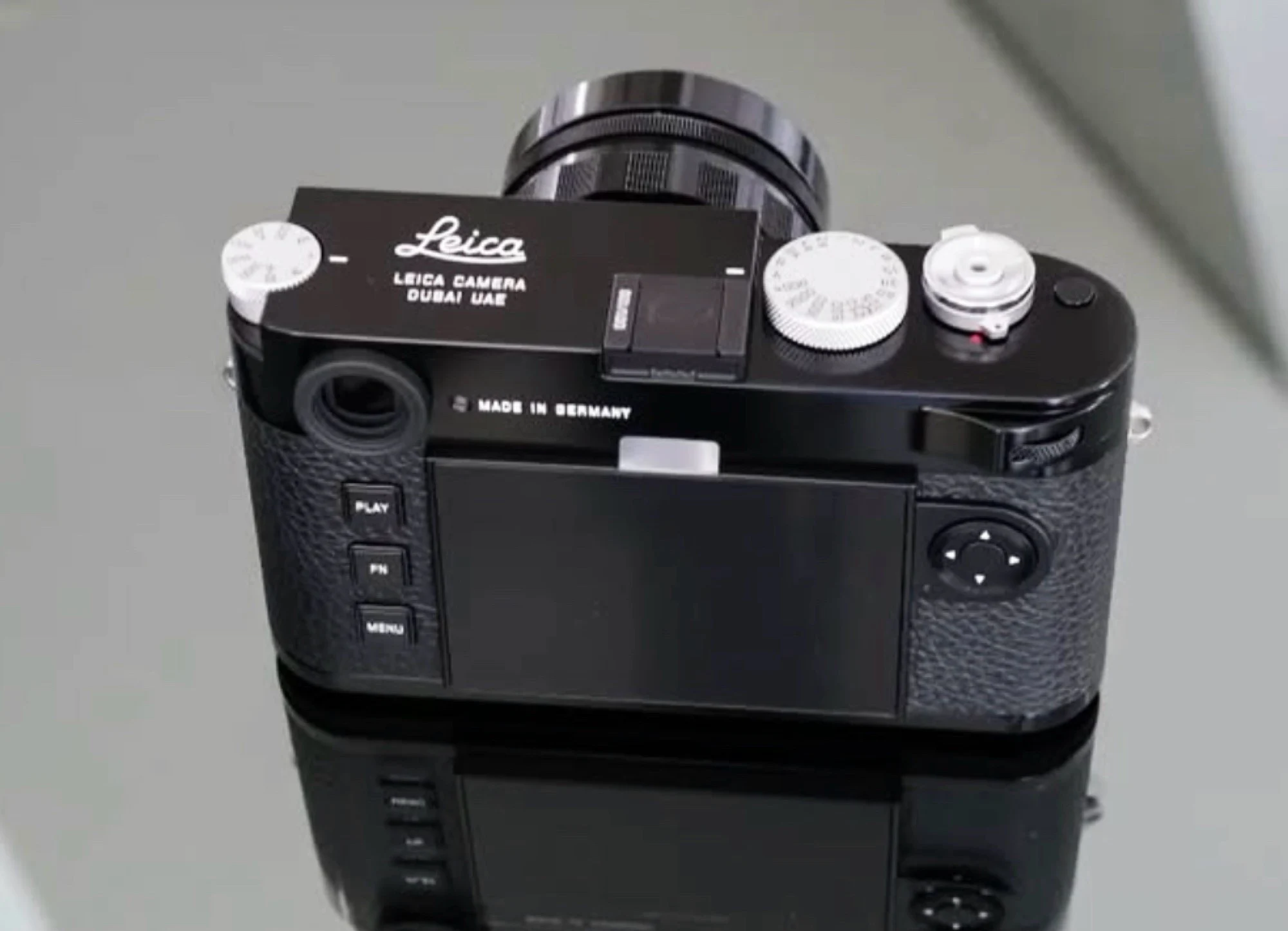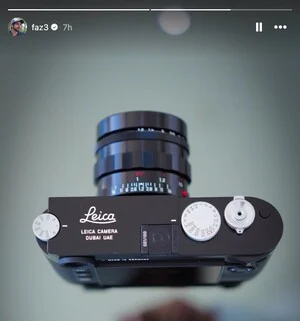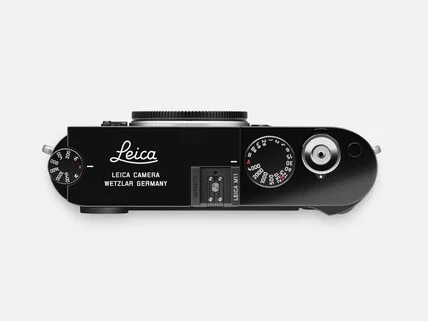Key Takeaways
1. The Pixii Max is a digital rangefinder camera from France, featuring a 24MP full-frame sensor, and is priced at €4,799.
2. It is significantly cheaper than the Leica M11, which costs €8,750, but does not match the Leica’s performance.
3. The Pixii Max received a DxOMark rating of 93 points, while the Leica M11 scored 100 points, making the Pixii Max a solid option for its price range.
4. The Pixii Max has better low-light performance compared to the Leica M10, which has a similar sensor but a lower score of 86 points.
5. Overall, the Pixii Max is considered a competitively priced alternative to the Leica M10, with no significant weaknesses in its sensor performance.
Anyone interested in purchasing a digital rangefinder camera currently has just one option apart from the Leica M-Series, and that is the Pixii from France. Initially, this camera was launched featuring a 26MP APS-C sensor, but now the company offers the Pixii Max, which comes equipped with a 24MP full-frame sensor.
Pricing and Comparison
The starting price for the base model, which includes 32GB of internal storage, is €4,799. While this isn’t exactly budget-friendly, it’s still nearly €4,000 cheaper than the Leica M11, whose official price stands at €8,750. A fresh analysis from DxOMark indicates that the Pixii Max does not match the performance of the 60MP full-frame sensor found in the Leica M11, which has been rated as the top sensor of its class by DxOMark up to now.
Performance Insights
The Leica M11 achieved a DxOMark rating of 100 points, while the Pixii Max was rated at 93 points. This score puts it slightly ahead of the Pixii Plus with its APS-C sensor, but seven points behind the more affordable Nikon Z7 II. For those who are passionate about rangefinder cameras, the Leica M10 serves as a relevant reference; it also has a 24MP full-frame sensor but scores lower at 86 points. Interestingly, a used Leica M10 in decent condition is priced similarly to a new Pixii Max.
Advantages of the Pixii Max
One of the key benefits of the Pixii Max compared to both the Pixii Plus and the Leica M10 is its low-light performance, as it maintains a comparable image quality at an ISO that’s half a stop higher. Overall, the sensor in the Pixii Max displayed no significant weaknesses, leading DxOMark to conclude that it is a competitively priced alternative to the Leica M10.
Source:
Link
